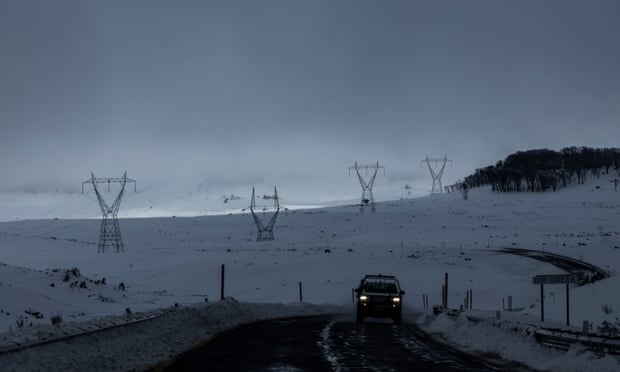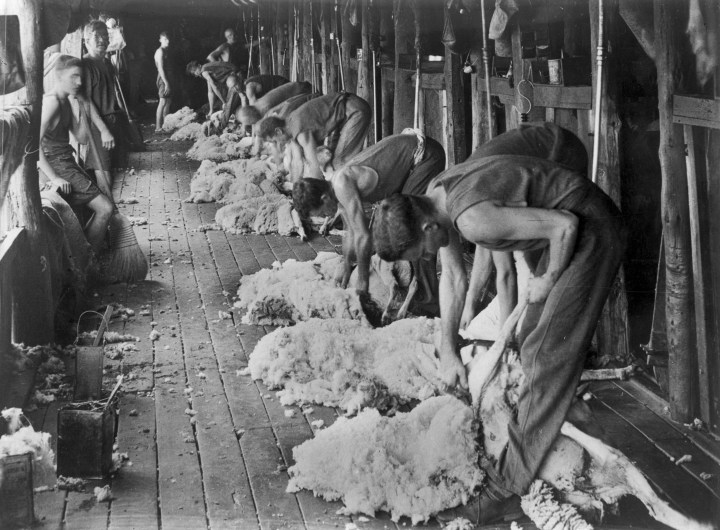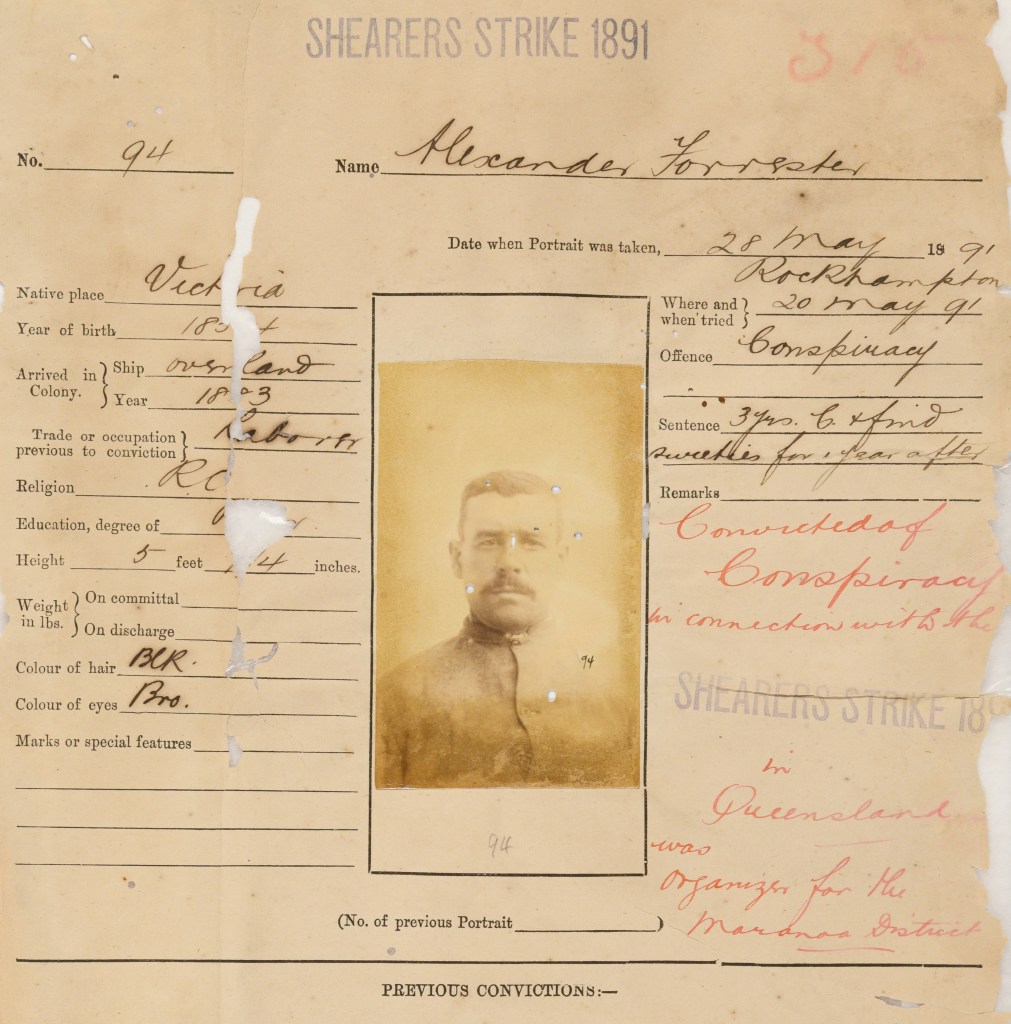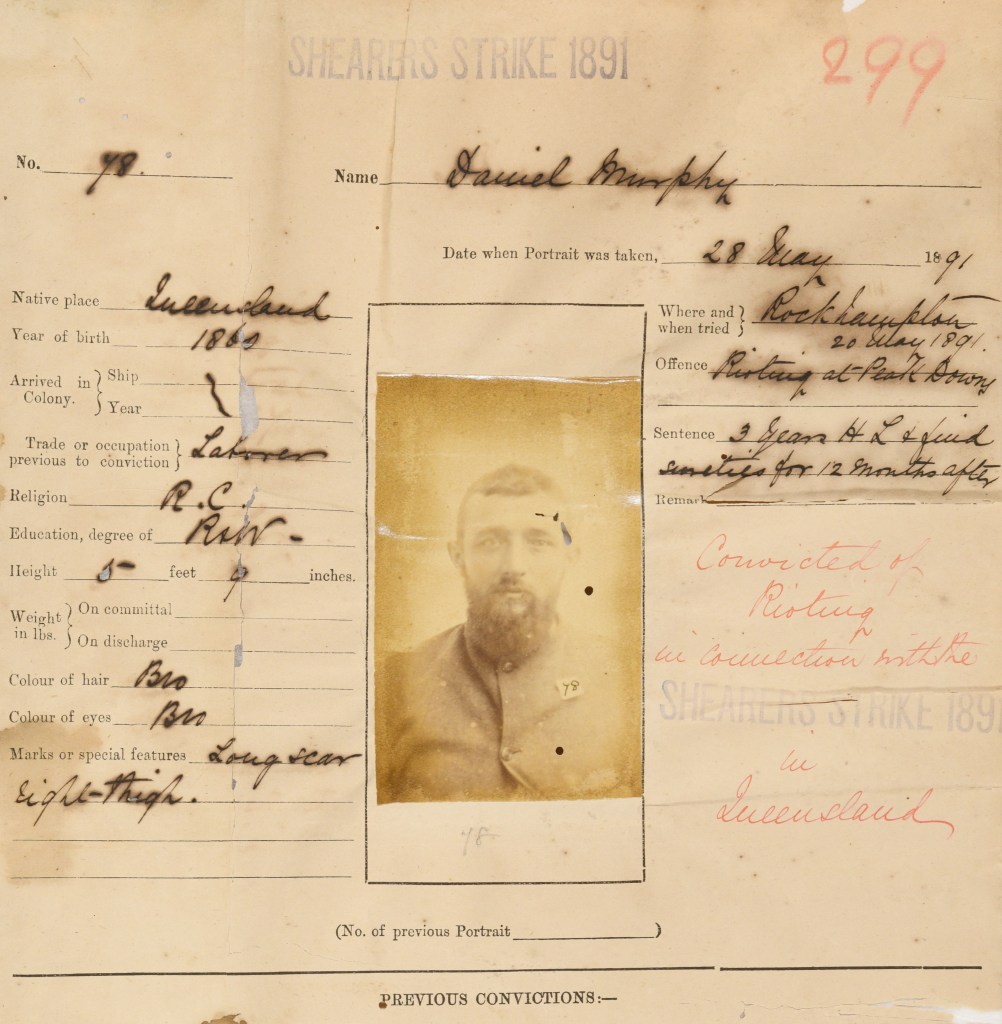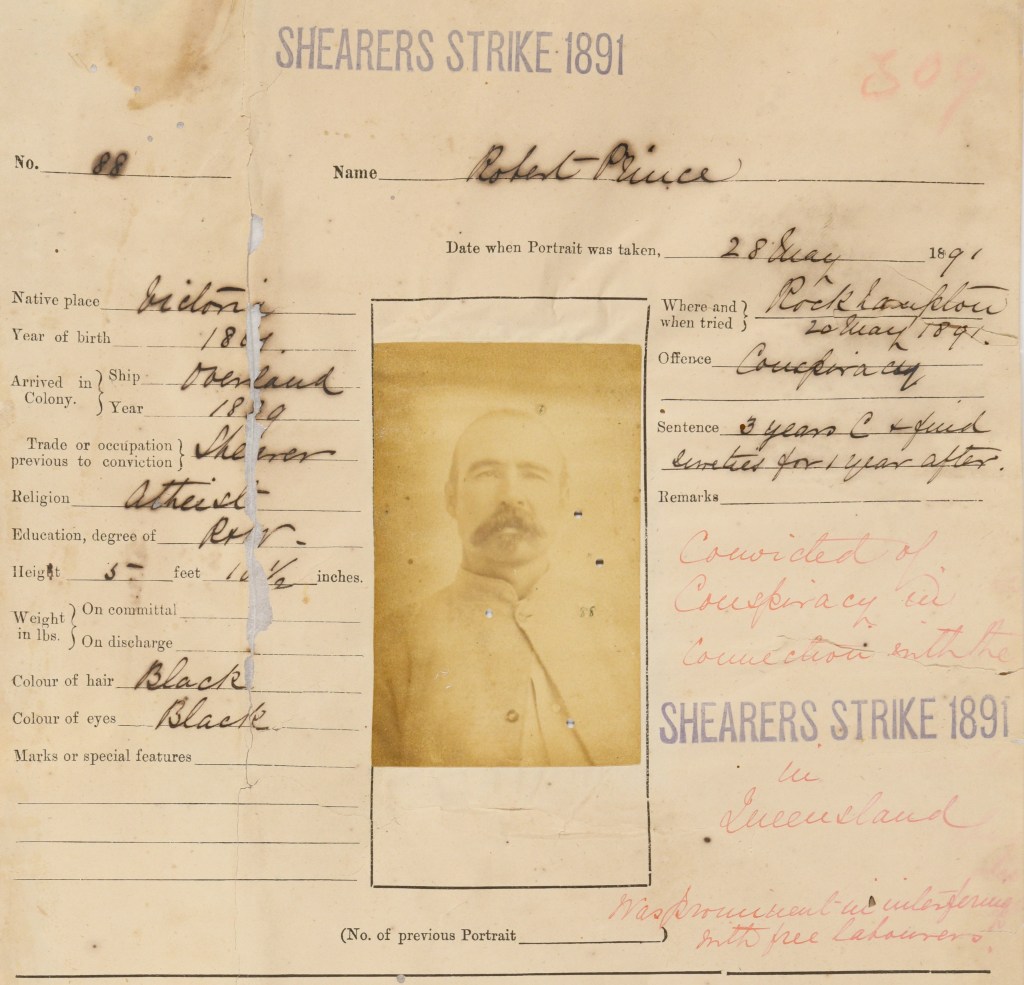Extract from ABC News
By business reporter Gareth Hutchens
In recent months, growing numbers of people on social media have been calling for the return of an old institution: "Bring back the CES."
They're referring to the Commonwealth Employment Service.
But what was it? And why do they want it to make a comeback?
Let's take a look at its history.
The CES was an important institution
More than half of everyone living in Australia today was born after 1980.
That means millions of people haven't heard of the CES, so our memory of the institution is disappearing.
But it's worth remembering, because it may have things to teach us.
The CES was established in 1946, immediately after World War II.
The war had opened the eyes of Australia's policymakers because they saw how the devastating unemployment of the 1930s disappeared after they put the economy on a war footing.
It made them realise unemployment wasn't inevitable — in fact, it had been a policy choice.
So, while the war was still raging, they'd begun to make plans to rebuild Australia's economy, on the other side of the war, on a foundation of "full employment" to make widespread unemployment a thing of the past.
The result was the Curtin Labor government's 1945 White Paper on Full Employment.
And the plan had layers.
The government wanted full employment, but it also knew that 1 million men and women who had been part of the armed forces and war industries would need to be found jobs after the war.
It also wanted to significantly increase immigration at the same time, to boost Australia's population for future defence of the country and to support faster growth.
On top of that, it wanted to introduce a range of new welfare and unemployment payments to support people who couldn't work or were trying to find work.
It had a clear mission: it didn't want Australia to return to the high unemployment and widespread poverty of the pre-war era.
And this is where the Commonwealth Employment Service comes in.
A federal, publicly funded labour-exchange
To maintain full employment, the government wanted to create an Australia-wide employment service.
The service would act like a centralised labour exchange: it would inform job seekers of any vacancies around the country, and it would let employers survey the entire field of available labour.
And it wouldn't just be used to help unemployed people find work. It would help employed people find even better work.
In other words, the centralised labour exchange would remove as many frictions as possible from the job-matching process to help ongoing full employment become a reality.
However, behind the scenes, policymakers argued about the need (or otherwise) to give the service the power to direct labour around the country, with some wondering how it could maintain full employment if it didn't have coercive control.
There was also a push to give it a monopoly on job placement activities by banning fee-charging employment services from operating alongside it.
The policymakers pushing that argument pointed to the International Labour Organisation's "Fee-Charging Employment Agencies Convention" (1933), which called for the abolition of most forms of private employment services.
It was a matter of principle for the ILO: companies shouldn't be able to profit from an unemployed person's attempt to find work.
But Nugget Coombs, who was one of the chief bureaucrats responsible for developing the full employment policy, argued instead that the employment service should simply provide such high-quality service that everyone would want to use it.
He said it could end up holding the predominant position in the economy as the main labour exchange naturally if employers saw that it could save them real time and resources in finding suitable workers.
Coombs's argument won the day.
The Commonwealth Employment Service was established by the Re-establishment and Employment Act 1945.
And it was received well by the media, with some praising it for the very fact that employers and employees wouldn't be forced to use it.
See below.
And, after full employment became official policy, the unemployment rate fell quickly to 1.2 per cent in 1947 and to 0.9 per cent in 1948.
Australia's long period of very low unemployment had begun.
For the next three decades, from 1946 to 1975, the national unemployment rate averaged below 2 per cent.
Did it do its job?
But how crucial was the CES to full employment?
Anthony O'Donnell, an adjunct senior lecturer at Latrobe University, says it's hard to know for sure how much credit the CES should be given for the low levels of unemployment in those early years, because lots of people still found employment in other ways.
Trade unions, for example, were adept at filling vacancies (for skilled tradesmen and labourers) by drawing on their own networks of unemployed members.
Newspaper job ads, word-of-mouth, "workers wanted" signs on factory gates and private employment agencies also had a role to play.
But in his 2019 book Inventing Unemployment: Regulating Joblessness in Twentieth-Century Australia, Mr O'Donnell says the CES did end up exercising "considerable influence" as a placement agency for some groups of workers early on.
The first group were the people coming to Australia under the Labor government's ambitious mass immigration program.
By 1949, immigrants comprised the bulk of the CES's market.
CES officers would interview immigrants on disembarkation and try to match them with existing demand for labour, as well as help them with transport to their jobs once everything was finalised.
The officers were also instructed to not place newly arrived immigrants in employment for which suitable Australian workers were available.
Between 1945 and 1960, Australia's population expanded from 7 million to 10.3 million (an increase of 47 per cent in 15 years) and unemployment was kept historically low.
The second group of jobseekers that had to use the CES were people registering for unemployment benefits.
The CES had been given responsibility for administering the Labor government's new federal unemployment benefit scheme because its job brokerage function put it in a good position to test the genuineness of someone's claim for assistance by testing their willingness to accept employment.
But that put the CES in an uncomfortable spot.
Why? Because it created doubt in the minds of some employers and the public about where the CES's loyalties lay.
For example, how would employers know that the CES wasn't sending them an unemployed person just to "test" that person's willingness to work, regardless of their suitability for the role?
And how could the unemployed completely trust the CES if it was also policing eligibility for the unemployment benefit?
"Now, in the '50s and '60s that wasn't a big problem," Mr O'Donnell told the ABC this week.
"But in the second half of the '70s, as unemployment began to skyrocket, that became an increasing drain on the CES's resources, and it also meant that the public perception of the CES was that it was the 'dole office' rather than a generalist employment exchange.
"So in the '80s, there was a move to shift the eligibility for unemployment benefit back to the department that actually had full legal authority to determine it, which was the Department of Social Services," he said.
Full employment abandoned in the 1970s
So what happened in the 1970s?
That was when Australia's economy was hit by "stagflation," and the CES struggled to respond to the sudden surge in unemployment.
The CES had been built to operate as a labour exchange in an era where jobs were plentiful, not scarce.
So when policymakers controversially abandoned full employment in the mid-70s, amid the economic chaos of the period, the CES faced an identity crisis.
Suddenly, as jobs dried up, long-term unemployment became a serious problem for the CES to manage for which it wasn't equipped.
In an attempt to understand what was happening in the economy, Malcolm Fraser's Coalition government commissioned a number of inquiries.
And one was an inquiry into the CES, called the "Norgard report" (after its chair, JD Norgard).
It concluded that the CES was a crucial labour market institution that shouldn't be abandoned, but it would need a big boost in resources — funding, staff, equipment, premises and training — to make up for years of neglect.
"The CES is a 1946-model organisation trying to cope with 1977-style problems," the report said.
"The Review has concluded that a major investment of resources, and commitment by government, is required to reshape the CES."
It led to good things.
Dr Victor Quirk, a labour-market economist who worked for the CES in the 1980s, has described the period from Norgard until 1989 as "a bit of a golden age" for the CES.
Why? Because the Fraser government actually acted on some of Norgard's recommendations.
The government provided the funding to increase CES staff training, upgrade staff skills and develop specialist roles for staff to deal with the increasingly complex needs of long-term unemployed jobseekers.
It provided funding for a host of labour-market programs including wage subsidies, apprentice rebates, and relocation assistance.
The reforms saw the CES, by 1988, handling a record 41 per cent of advertised vacancies in the economy.
And, when you speak to former CES staff from that period, many of them remember it fondly for the help they could extend to people who desperately needed assistance finding work.
Dismay at the current system
I met with four of them recently, in the southern highlands of New South Wales, to hear their stories about those days.
They were part of the generation that started work in the CES in the post-Norgard era, in the push to re-energise the organisation with new equipment and highly trained staff.
They became friends at the CES and still catch up once or twice a year.
And as a group, they can't stand to see what's happened to the employment services industry in recent decades.
"There's no source of on-ground knowledge and information anymore," said Jane Robinson, a former CES regional manager for Canberra and southern tablelands who had 112 staff across 10 offices.
"We had close relationships with local businesses and employers, so we knew where the labour market shortages were.
"The CES had decades in which to build up a loyal client base, and we were able to advocate for particular jobseekers who needed extra assistance, talking to local employers on a daily basis."
Ms Robinson said she was speaking to a former staff member recently and they remembered how much work they would put into helping young unemployed people in Canberra.
"She said to me, 'we used to go to Vinnies and buy all the white shirts, take them home, wash them, iron them, bring them back to the office so everyone had decent clothes to wear,' because not every jobseeker had the clothes to wear to an interview," she said.
"This particular group of staff were absolutely passionate about changing people's lives for the better."
The group say the idea of a national labour exchange fell out of favour with the federal government in the late 1980s and 1990s.
The winds of neoliberalism and managerialism blew strongly through Canberra, and successive governments (both Labor and Liberal) began to white-ant the CES, with strong encouragement from senior bureaucrats who thought "government" had no reason to be in this space.
In 1998, the CES was finally privatised by the Howard government, which ended its 52-year history as a public good.
That privatisation was based on legwork already done by the Hawke and Keating Labor governments.
What do former staff think of the result of privatisation?
"The new system is, you take as much profit as you can," said Peter Strong, who worked for the CES from 1977 to 1990.
"The staff are paid very poorly. My understanding is most of them are still passionate, but they burn out within 12 months … and the turnover means you lose that understanding of [conditions on the ground]," he said.
Many years after leaving the CES, Mr Strong spent more than a decade running the peak lobby group for small businesses in Australia, COSBOA.
Mr Strong has been advocating, for a number of years, for policymakers to rebuild publicly-owned employment services in some capacity to serve local labour markets.
He says it's completely wrong for the system to be generating huge profits, off the backs of unemployed people, for the private companies that win the lucrative government contracts to deliver the government's "employment services" each year.
Mr Strong is not alone. Former treasurer Wayne Swan, for whom the current Treasurer Jim Chalmers once worked, has made it known that he is broadly supportive of the re-establishment of some form of government-run employment service.
Critics say it's created a system in which unemployed Australians are being trapped inside a punitive system of "mutual obligations" that feed the profits of the private providers, so it's another source of misery for people who need help.
That issue deserves far more attention.
Where to from here?
Dr Simone Casey, an expert in employment services, says the current system has not lived up to the promises made in the 1990s.
"Privatisation was supposed to introduce a much better model, with a wider variety of providers, small local agencies who knew their communities and could help people get jobs," she told the ABC.
"Originally when it was privatised there were over 300 providers at that local level, but over the last 20 years we've seen a drift towards a real consolidation of the providers so now we're dealing with quite large multinational welfare-to-work companies, and we've lost that capacity for local service delivery."
Ms Casey said the advent of the internet had obviously helped the privatised system perform some job-matching, but technology had also introduced a higher level of surveillance.
"One of the major issues that we have around the design of employment service programs is that they're much more about surveilling what people do with their time, than actually helping them find work," she said.
"It's really increased the amount of control over … not just people who are required to use the services, but the providers themselves.
"We're completely using the technology in the wrong way. We're not using it in the way to really help people," she said.
So, it's another important topic that wouldn't be out of place being discussed at the Albanese government's jobs and skills summit this week.
